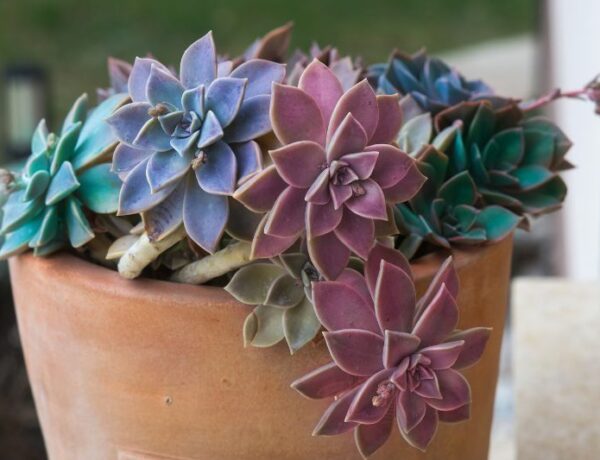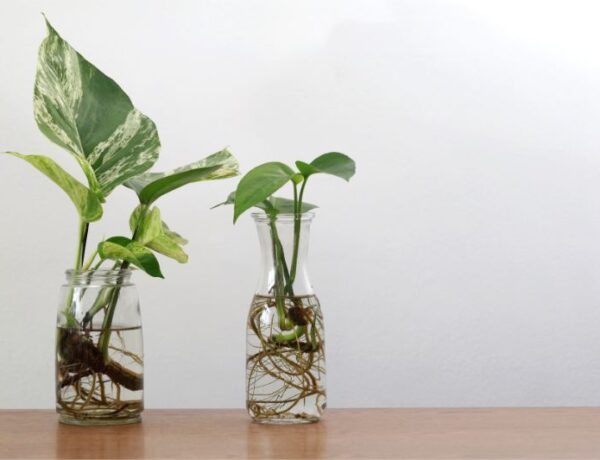Extrafloral nectaries (EFNs) are interesting structures in the plant world and offer a unique angle for houseplant lovers. Understanding how they function will give you more insights into the complex relationships between plants and other organisms, such as ants and pollinators.
Table of Contents
What are Extrafloral Nectaries?
Extrafloral nectaries are specialized glands found on various parts of a plant, outside of the flowers. Unlike floral nectaries, which are associated with flowers and facilitate pollination, EFNs have a completely different role. They secrete nectar that attracts ants and other insects, but this nectar is not for pollination.
The Purpose of Extrafloral Nectaries
The primary purpose of EFNs is to attract ants and other predators that will defend the plant against insect herbivores or seed predators. When ants feed on the nectar, they become territorial about their newfound food source. As a result, they’ll often attack or deter other insects that try to eat the plant.
Basically, it’s a mutually beneficial relationship: the plant gets protection, and the ants get a reliable food source.

Common Houseplants with Extrafloral Nectaries
- Philodendrons: These nectaries often appear as small, glandular structures on the leaf blades or petioles and serve the purpose of attracting ants for protection.
- Alocasia: Another member of the Araceae family, some Alocasia species have EFNs.
- Passionflower (Passiflora spp.): Known for its intricate flowers, this plant also has EFNs on its leaf stalks.
- Peperomia: Some species have EFNs that attract ants.
- Citrus Trees: While not strictly houseplants, they can be grown indoors and have EFNs on their leaves.
- Ficus: Some species of Ficus have EFNs.
- Hibiscus: Some species have been found to have EFNs, particularly on the petioles and leaf blades.
- Orchids: Some orchids like those in the Oncidium genus have EFNs that attract various insects.
- Carnivorous Plants: Interestingly, some carnivorous plants like Nepenthes have EFNs. While their primary method of nutrient acquisition is trapping insects, the EFNs serve to attract potential prey.
- Impatiens: Some species have EFNs that are frequented by ants.
- Euphorbia: Some species in this diverse genus have EFNs, although they are more commonly known for their milky sap.
How to Identify Extrafloral Nectaries
Extrafloral nectaries can vary in appearance. They may look like small bumps, scales, or even tiny, cup-like structures. A good way to identify them is to look for ants or other insects that seem particularly interested in areas of the plant other than the flowers. The nectar itself can sometimes be visible as a shiny or sticky substance.

Benefits and Downsides for Indoor Gardeners
Benefits:
- Natural pest control: The ants attracted by EFNs often protect the plant from other insects.
- Educational: Observing EFNs and the insects they attract is just cool.
Downsides:
- Ants indoors: You probably don’t want ants indoors.
- Imbalanced ecosystem: If there are too many ants, they might deter pollinators from visiting the flowers, affecting the plant’s ability to reproduce.
Wrapping it up
So the next time you find ants marching toward your plants, pause before you reach for the insecticide. You might just be witnessing an ancient partnership at work, one where both plant and insect contribute to each other’s survival.






No Comments